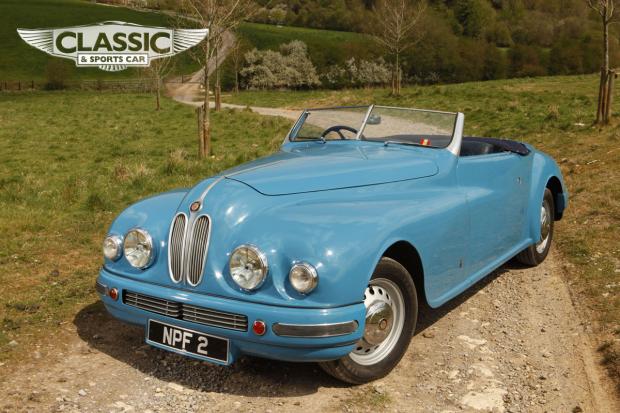
So said film star Stewart Granger, who was so keen on the Bristol 402 that he ordered another for his fiancee Jean Simmons. Martin Buckley samples a drop-top fit for a screen siren.
I'm not sure that Bristol Cars has ever really courted the ‘glamour’ market. The 2-litre era conjures images of long-distance touring in a machine of practical elegance – a pre-motorway world of A-roads, saluting AA patrolmen and grey ration-book post-war drudgery for all but a fortunate elite. Here was a car that was refined yet rugged, that could take rough and dusty ‘colonial’ motoring or quiet town carriage work equally in its stride. Back at home, Bristol man – tweedy and smug in his streamlined, alloy-bodied marvel – could sweep past the Austins and Hillmans of the lower middle classes in a car that always went better than its capacity suggested, even if it lacked the ultimate authority of the faster Jaguars. The Chrysler V8-engined Bristols redistributed the balance of power as the sporting customers of the previous decade morphed into fat-cat tycoons who wanted effortless urge in a car of conspicuous anonymity.

But still glamour remained elusive, and has done so ever since at Filton. For me, there has only ever been one truly glamorous Bristol, the short-lived 402 of 1949, a car that also has the distinction of being the only factory-bodied 2-litre convertible (others were bodied outside Filton) to be built in series, if you can call 20 cars a series. The 402 is the rarest of the 2-litre factory Bristols, but not necessarily the most coveted.








